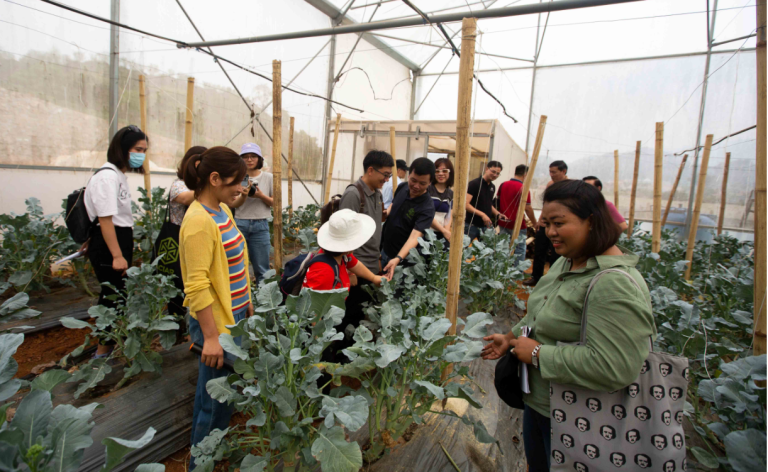A study identified relevant policy approaches to improve the food system performance of developing countries.

Source: ACIAR
The risk assessment paradigm is the most effective method for regulating food safety. With this paradigm, the most significant risks are identified, decisions are made about where and how to decrease risks, and risk avoidance is discussed with industry and the public. It is widely acknowledged that tackling food safety necessitates a farm to table strategy that values prevention across the supply chain.
Opportunities may exist for co-regulation approaches that operate through public-private partnerships. Supporting voluntary codes of practice from the public, providing producers and consumers with information or training regarding risk mitigation, and allowing flexibility in the implementation of process standards are some of the approaches to co-regulation.
The strategic direction of food safety initiatives will change throughout the time. Food safety is linked to food and nutrition in traditional food systems and will align with market growth and agricultural change in transitioning economies. Risk assessment approaches, such as the use of surveillance data, analytical tools, and information technology, will become more complex as nations progress through the transition period.
Governments will need to pay close attention to risk mitigation in informal food channels in traditional food systems. During the transition period, emphasis will move to rewarding and supporting improved agricultural and enterprise practices, as well as consumer education. To achieve the modernizing stage where the private sector assumes major responsibility for food safety, constant efforts will be required such as public sector investments in science, human capital, and physical infrastructure.
References:
Unnevehr, L. J. (2022).Addressing food safety challenges in rapidly developing food systems. Agricultural Economics,53,529–539.https://doi.org/10.1111/agec.12724


